Special Collections Blog Archive
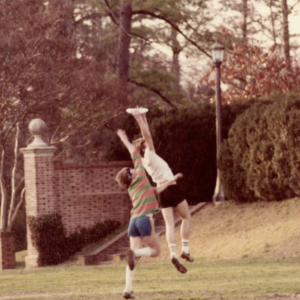
The Ultimate Collection at Swem Library
Posted
Learn more about the history of Ultimate Frisbee at W&M and how you can help make a lasting home for this sport in the archive!
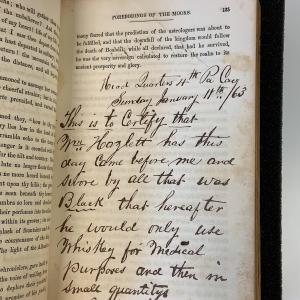
The Reconquista, Washington Irving, and the American Civil War: Coming Together through Special Collections
Posted
One book can tell several different histories. Learn more about the journey of a book that was stolen and later returned to the William & Mary library.
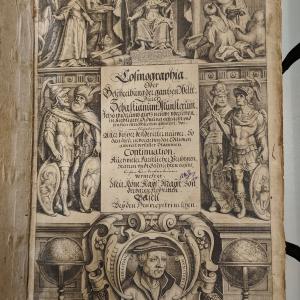
Behind the Scenes: Re-Cataloging a 17th-Century Geography
Posted
An inside look into reclassifying and describing an early geography of the world with woodcut maps, portraits, diagrams, and other illustrations that depict the world as it was known in 1628.
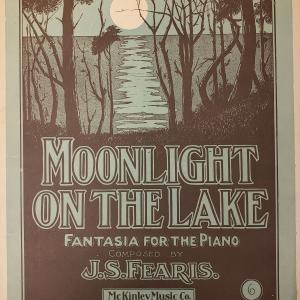
"The Silv'ry Moon is Shining Bright and Clear"
Posted
Jenna Hershberger explores the omnipresent moon imagery in a recent acquisition, the Josephine W. Shinholser Collection of Sheet Music.
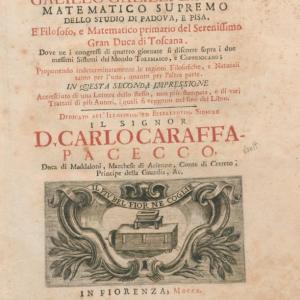
Galileo's Dialogo: Censorship and Early Modern Science
Posted
In honor of Banned Books Week, Ute Schechter explores censorship and early modern science through an investigation of a clandestine edition of Galileo's Dialogo.
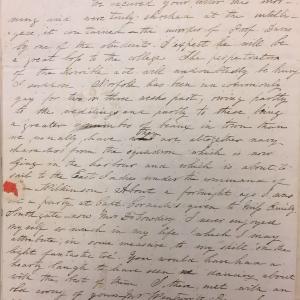
Murder, They Wrote
Posted
Tracy Melton '85, member of the William & Mary Libraries Board of Directors, considers the words we use to describe crime and death in archival work. Read on to learn more about a nineteenth-century fatality recounted in the Galt Papers.
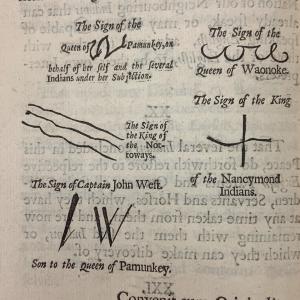
Language, Identity, and Control: Print Culture and Early Native American History
Posted
A 1677 document in Special Collections explores how the British used print and language to both build relationships with and exert control over Native peoples.
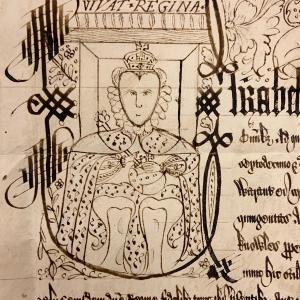
Making a Queen: The Symbolic Imagery of Elizabeth I's Reign
Posted
In 1574, as well as the rest of her reign, Queen Elizabeth I's place as England's monarch was continually challenged based on her mother's reputation, her lack of a husband, her religion, and her gender. Even as one of the most powerful women in the 16th century, she still needed to prove herself.

Libraries in the Library: How We Know What Early Virginians Liked to Read
Posted
Do you keep your receipts? Special Collections has a good number of receipts and these seemingly mundane documents can provide valuable insight into early Virginians' lives.
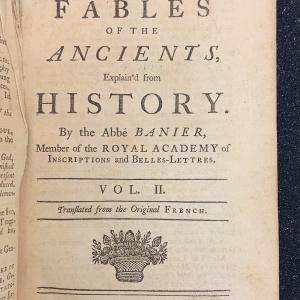
Explain'd From History: Euhemeristic Mythology and its Ties to Colonialism
Posted
L'abbé Antoine Banier and his Mythology are unique in the position they take on the historical nature of myth and legend. Banier was a proponent of euhemerism, a school of thought that claims myths, legends, and folklore all have real historical basis.
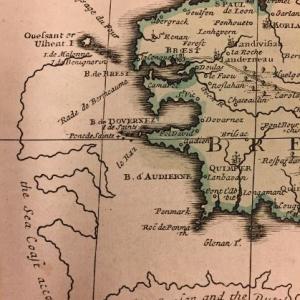
Redrawing France with the "La Hire Map"
Posted
Joe Catanzaro explains a pivotal moment in cartography captured in our collections.
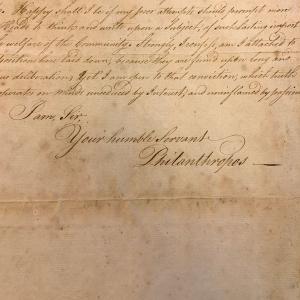
Arthur Lee "Philanthropos" and 18th Century Abolitionism
Posted
Abolition was not a radical nineteenth century idea that miraculously emerged from the political ideologies of the Age of Revolution. A 1767 address from Arthur Lee of Virginia serves as a reminder that the abolitionist movement did not have a linear trajectory, and that individuals protested slavery throughout its existence.
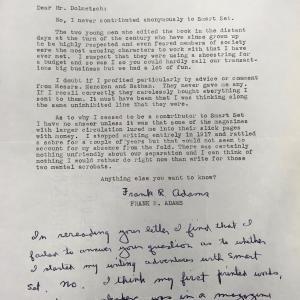
Iconoclasts in the Archives
Posted
Before Jon Stewart '84 and Trevor Noah, before Stephen Colbert and John Oliver and Saturday Night Live, before Tina Fey and Samantha Bee and Andrea Gibson, there was George Jean Nathan and H.L. Mencken. A slice of the Nathan/Mencken story lives in the Special Collections Research Center at Swem Library.
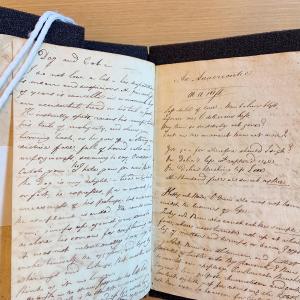
"A Classical Education": A British Student's Outlook, 1808-1812
Posted
This summer we're publishing a series of blog posts written by students for the class HIST 211 Books: Technology and Culture. Their posts are based on materials in the Special Collections Research Center. Check out their bright insights every other week. Today's entry is written by Chela Aufderheide.
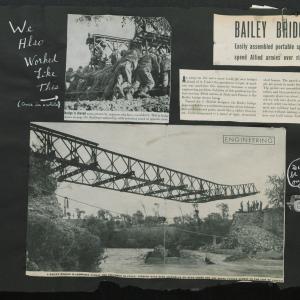
Recent Acquisition Documents the Italian Service Unit
Posted
During World War II, thousands of Italian prisoners of war were sent to the United States to help fill labor shortages created by the war.

Travel Grant Recipient Research Report: David Silkenat
Posted
On August 23, 1812, Robert Stevens wrote to his parents in Rhode Island from New Orleans in the aftermath of a hurricane, "a Scene of horror & devastation."
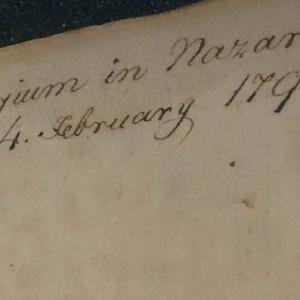
Part medical guide, part... civics textbook?
Posted
In early 1792, Thomas Dobson, a prominent Philadelphia printer in the middle of printing the first American edition of the Encyclopedia Britannica, took a much smaller commission: William Currie's An Historical Account of the Climates and Diseases of the United States of America.
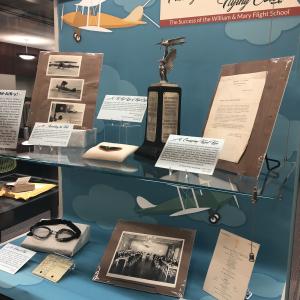
Flying Further: More Stories from the William & Mary Flight School
Posted
Recent visitors to Swem Library will have noticed a change in the exhibit facing the front entrance.
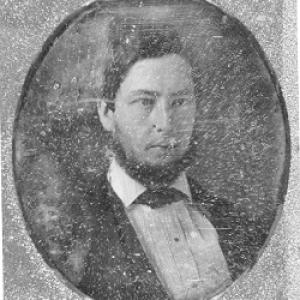
The Ghost of Edmund Mitchell
Posted
A daguerreotype of a young Baltimore merchant, the first victim of a bitter, homicidal political era, resides in the Special Collections Research Center in Swem Library—a ghostly message from the past.
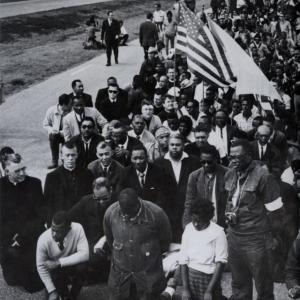
Rev. Curtis W. Harris, Hopewell's Drum Major for Justice
Posted
The Reverend Curtis W. Harris is best known for his role in the Southern Christian Leadership Conference (SCLC), the Civil Rights organization founded by Martin Luther King, Jr., though he has not been studied closely by historians.

